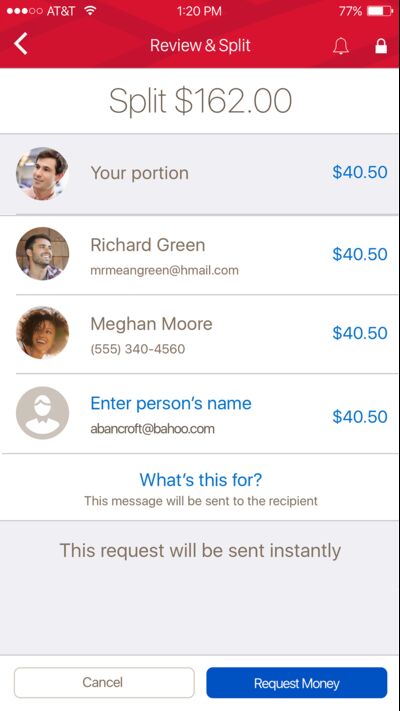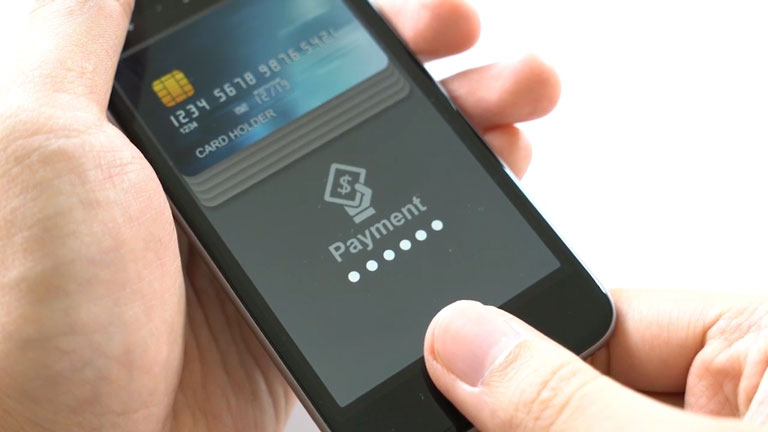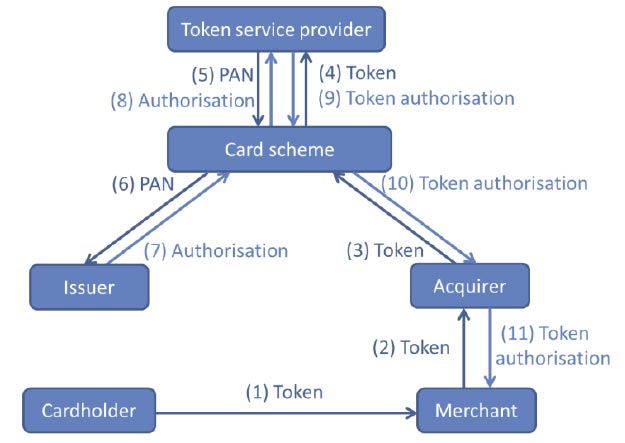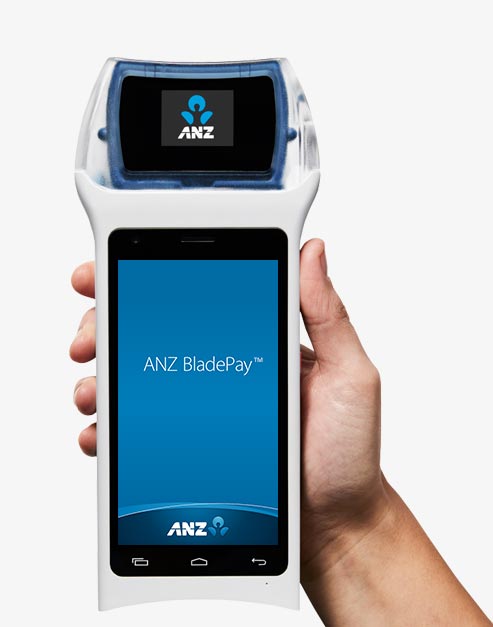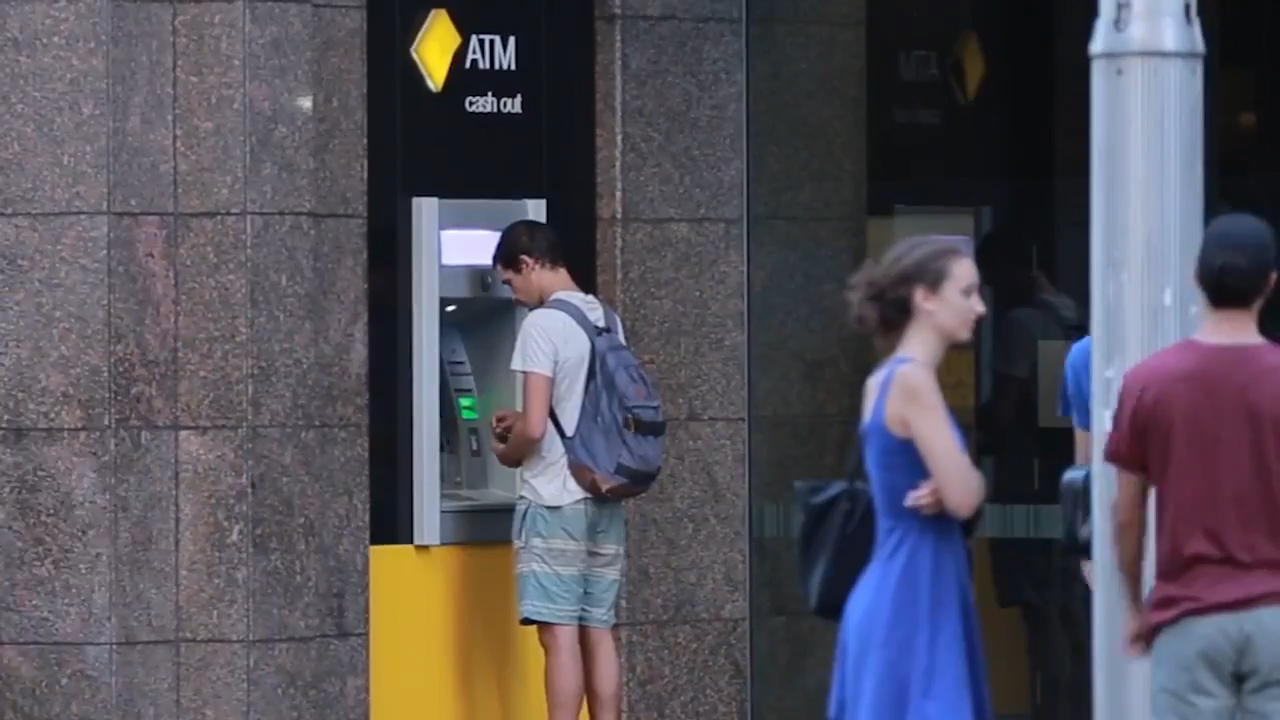The Australian Competition and Consumer Commission has issued a determination denying authorisation to the Commonwealth Bank of Australia, Westpac Banking Corporation, National Australia Bank, and Bendigo and Adelaide Bank (the banks) to collectively bargain with Apple and collectively boycott Apple Pay.
“The ACCC is not satisfied, on balance, that the likely benefits from the proposed conduct outweigh the likely detriments. We are concerned that the proposed conduct is likely to reduce or distort competition in a number of markets,” ACCC Chairman Rod Sims said.
The banks sought authorisation to bargain with Apple for access to the Near-Field Communication (NFC) controller in iPhones, and reasonable access terms to the App Store. This access would enable the banks to offer their own integrated digital wallets to iPhone customers in competition with Apple’s digital wallet, without using Apple Pay.
“While the ACCC accepts that the opportunity for the banks to collectively negotiate and boycott would place them in a better bargaining position with Apple, the benefits would be outweighed by detriments,” Mr Sims said.
The banks argued that access to the NFC controller on iPhones would enable them to offer competing wallets on the iOS platform which would lead to the following public benefits:
- increased competition and consumer choice in digital wallets and mobile payments in Australia
- increased innovation and investment in digital wallets and other mobile applications using NFC technology
- greater consumer confidence leading to increased adoption of mobile payment technology in Australia.
The ACCC accepted that Apple providing the banks access to the iPhone NFC controller is likely to lead to increased competition in mobile payment services and that this was a significant public benefit. However, the ACCC considered the likely distortions to and reductions in competition caused by the conduct would also be significant. Three likely detriments in particular stood out.
“First, Apple and Android compete for consumers providing distinct business models. If the Applicants are successful in obtaining NFC access, this would affect Apple’s current integrated hardware-software strategy for mobile payments and operating systems more generally, thereby impacting how Apple competes with Google,” Mr Sims said.
“Second, digital wallets and mobile payments are in their infancy and subject to rapid change. In Australia, consumers are used to making tap and go payments with payment cards, which provide a very quick and convenient way to pay. There is also a range of alternative devices being released that allow mobile payments; for example, using a smartwatch or fitness device. It is therefore uncertain how competition may develop.”
“Access to the NFC in iPhones for the banks could artificially direct the development of emerging markets to the use of the NFC controller in smartphones. This is likely to hamper the innovations that are currently occurring around different devices and technologies for mobile payments,” Mr Sims said.
The conduct is also likely to reduce the competitive tension between the banks in the supply of payment cards.
“Finally, Apple Wallet and other multi-issuer digital wallets could increase competition between the banks by making it easier for consumers to switch between card providers and limiting any ‘lock in’ effect bank digital wallets may cause,” Mr Sims said.
The ACCC consulted with consumers, financial institutions, retailers and technology companies in reaching its decision.
The Final Determination is available here: Bendigo and Adelaide Bank & Ors – Authorisation – A91546 & A91547
Background
A ‘digital wallet’ is an app on a mobile device that can provide a number of the same functions as a physical wallet, including the ability to make payments in-store and storing other information, such as loyalty or membership cards. A ‘mobile payment’ is a payment performed in-store using a digital wallet.
On 19 August 2016 the ACCC decided not to grant interim authorisation to the applicants.
On 29 November 2016, the ACCC published a draft determination proposing to deny authorisation.
Authorisation provides statutory protection from court action for conduct that might otherwise raise concerns under the competition provisions of the Competition and Consumer Act 2010. Broadly, the ACCC may grant an authorisation when it is satisfied that the public benefit resulting from the conduct outweighs any public detriment.
Further information about the applications for authorisation is available on the ACCC Authorisations register: Bendigo and Adelaide Bank & Ors – Authorisation – A91546 & A91547



